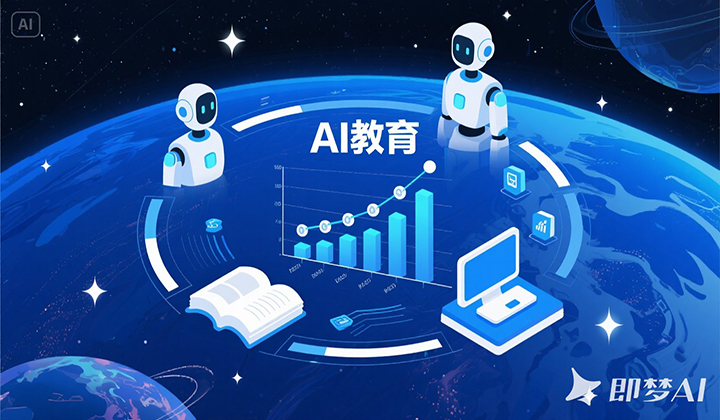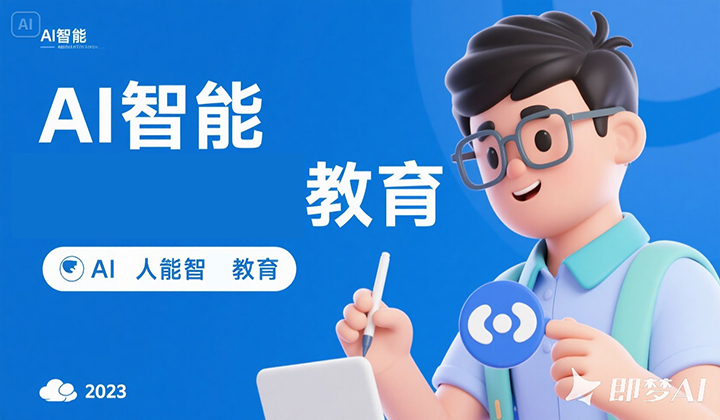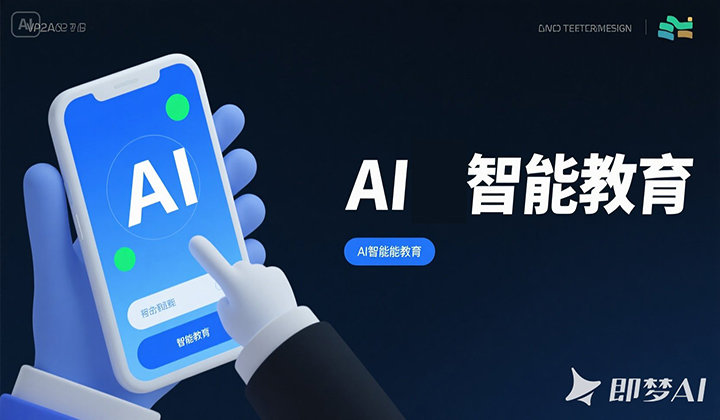AI Enlightenment Education: Paving the Future Tech Path for Children
江浸月 2025-05-28
In an era where artificial intelligence (AI) is profoundly transforming society, AI enlightenment education has emerged as a critical component of children's quality development.
In an era where artificial intelligence (AI) is profoundly transforming society, AI enlightenment education has emerged as a critical component of children's quality development. This foundational education model for adolescents is not merely about teaching programming codes; it aims to cultivate computational thinking, data awareness, and innovative capabilities through systematic curriculum design, equipping children with core competencies for the intelligent society of the future.
1. The Essence of AI Enlightenment Education
The core of AI enlightenment education lies in cognitive training rather than technical indoctrination. It utilizes visual programming tools like Scratch to help children understand algorithmic logic through graphical operations, and intelligent hardware such as Makeblock robots to transform abstract programming instructions into tangible mechanical movements. More importantly, project-based practices like "AI-powered Garbage Classification Model" and "Smart Plant Watering System" guide children to identify real-life problems and solve them using a structured approach involving data collection, model building, and iterative optimization. This cultivation of "thinking like a scientist" represents the central value of AI enlightenment education.
2. Building a Tiered Educational System
AI enlightenment education should adopt a stratified training framework tailored to children's cognitive development at different ages:
Schools can establish a three-dimensional cultivation model integrating "curriculum + clubs + competitions":
Parents need to shift their mindset away from "technical anxiety" and create a smart learning environment at home:
1. The Essence of AI Enlightenment Education
The core of AI enlightenment education lies in cognitive training rather than technical indoctrination. It utilizes visual programming tools like Scratch to help children understand algorithmic logic through graphical operations, and intelligent hardware such as Makeblock robots to transform abstract programming instructions into tangible mechanical movements. More importantly, project-based practices like "AI-powered Garbage Classification Model" and "Smart Plant Watering System" guide children to identify real-life problems and solve them using a structured approach involving data collection, model building, and iterative optimization. This cultivation of "thinking like a scientist" represents the central value of AI enlightenment education.
2. Building a Tiered Educational System
AI enlightenment education should adopt a stratified training framework tailored to children's cognitive development at different ages:
- Ages 6-8 (Early Childhood): Story-based programming games (e.g., Code.org's Disney coding courses) are used to develop logical thinking, while tangible programming blocks help children grasp basic concepts like sequence and loop.
- Ages 9-12 (Middle Childhood): Introduction to Python syntax combined with Arduino open-source hardware enables the development of simple smart devices. Projects like "Home Intelligent Security System" provide hands-on experience in applying programming to real-world scenarios.
- Ages 13-15 (Adolescence): Exposure to basic machine learning algorithms allows students to train small image recognition models using the Keras framework. Projects such as "Campus Garbage Classification AI Assistant" foster systematic development capabilities through practical AI applications.This spiral curriculum design maintains learning engagement while facilitating progressive skill development.
Schools can establish a three-dimensional cultivation model integrating "curriculum + clubs + competitions":
- Incorporate AI basics into information technology courses and offer school-based programs like "Junior Algorithm Engineer" and "Smart Innovator".
- Organize AI interest clubs and host activities such as robot challenges and algorithm design contests.
- Encourage participation in professional competitions like the National Youth AI Innovation Challenge.
Parents need to shift their mindset away from "technical anxiety" and create a smart learning environment at home:
- Stimulate curiosity through popular science readings like A Brief History of Artificial Intelligence for Children.
- Conduct parent-child AI experiments using low-threshold platforms like Google AutoML, such as training a model to recognize family pet photos, infusing technological education with everyday warmth.














